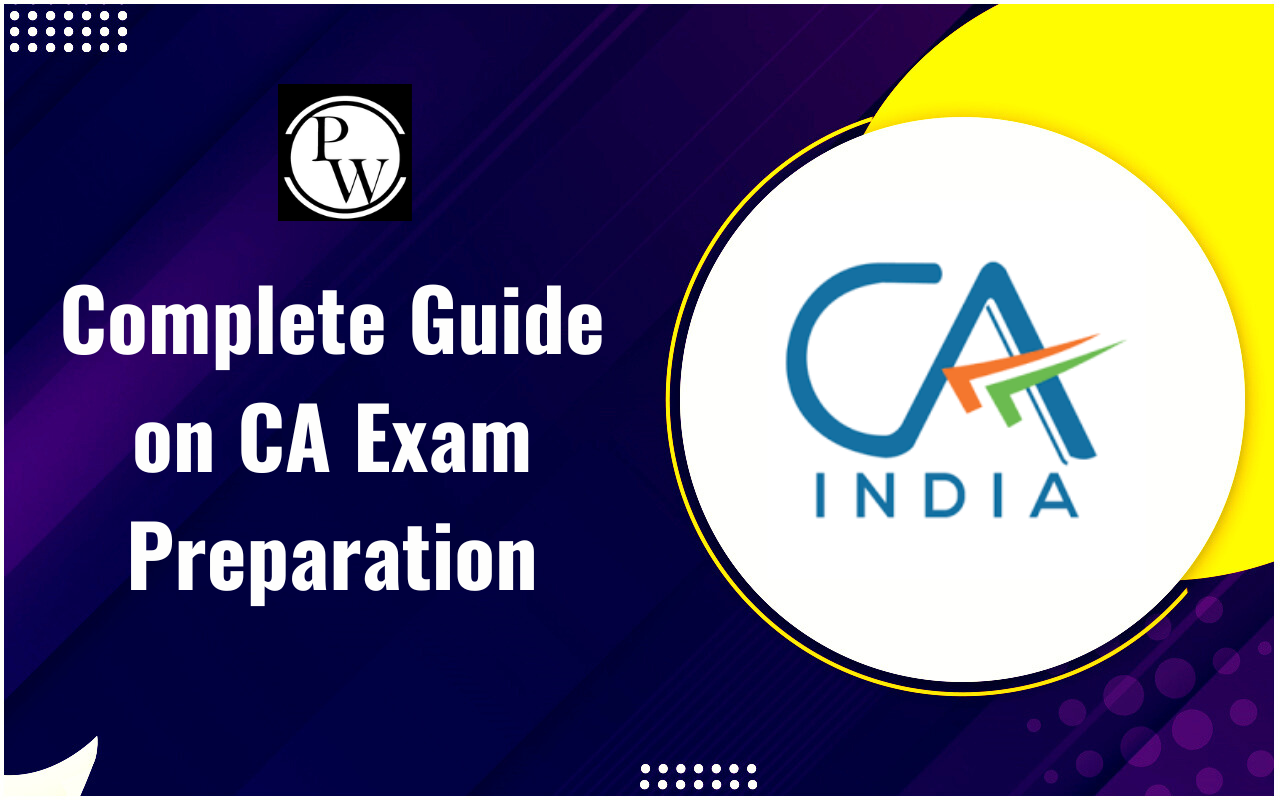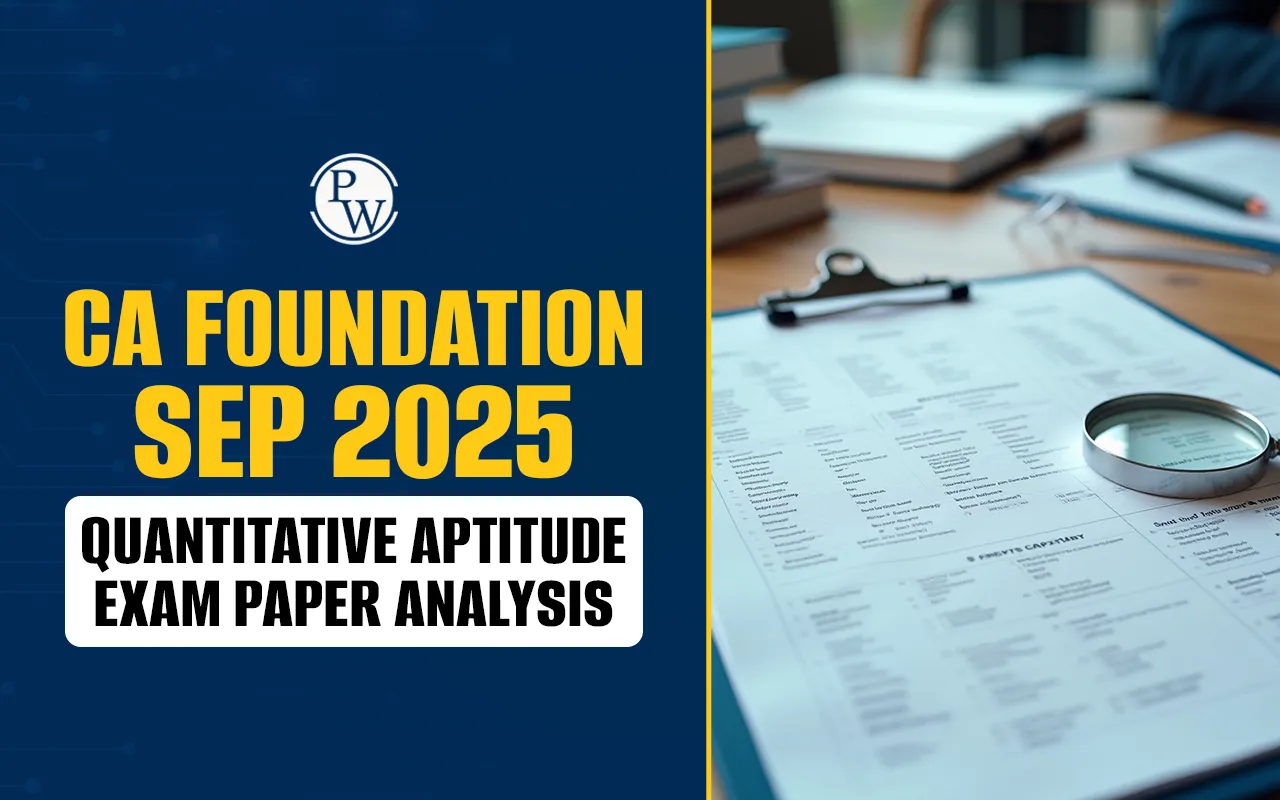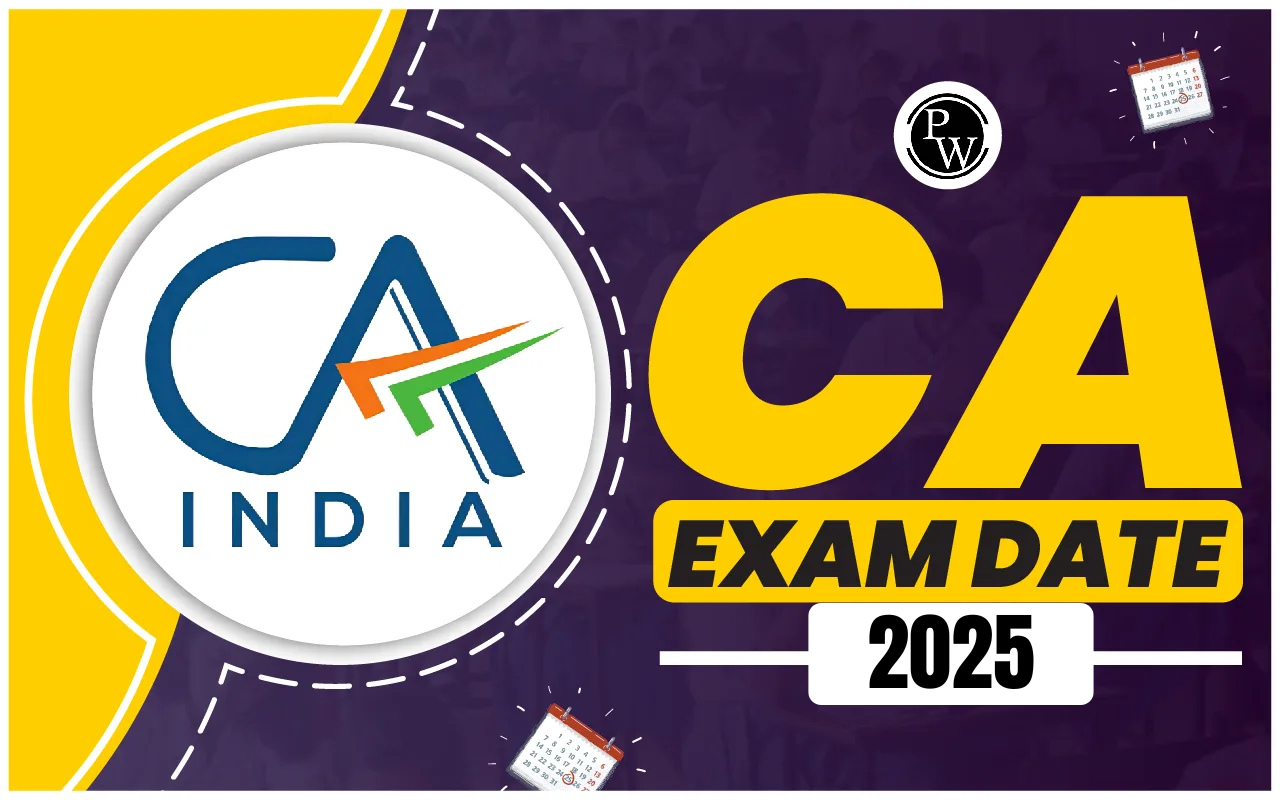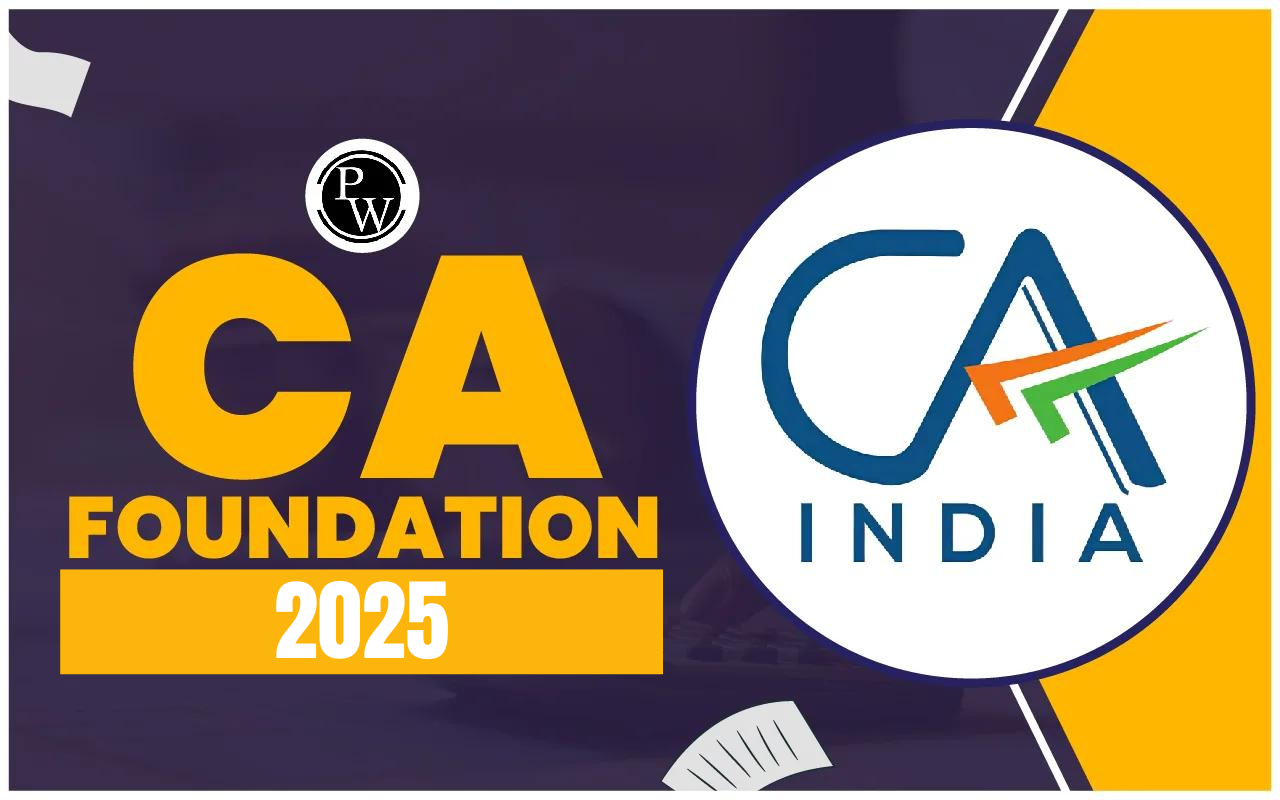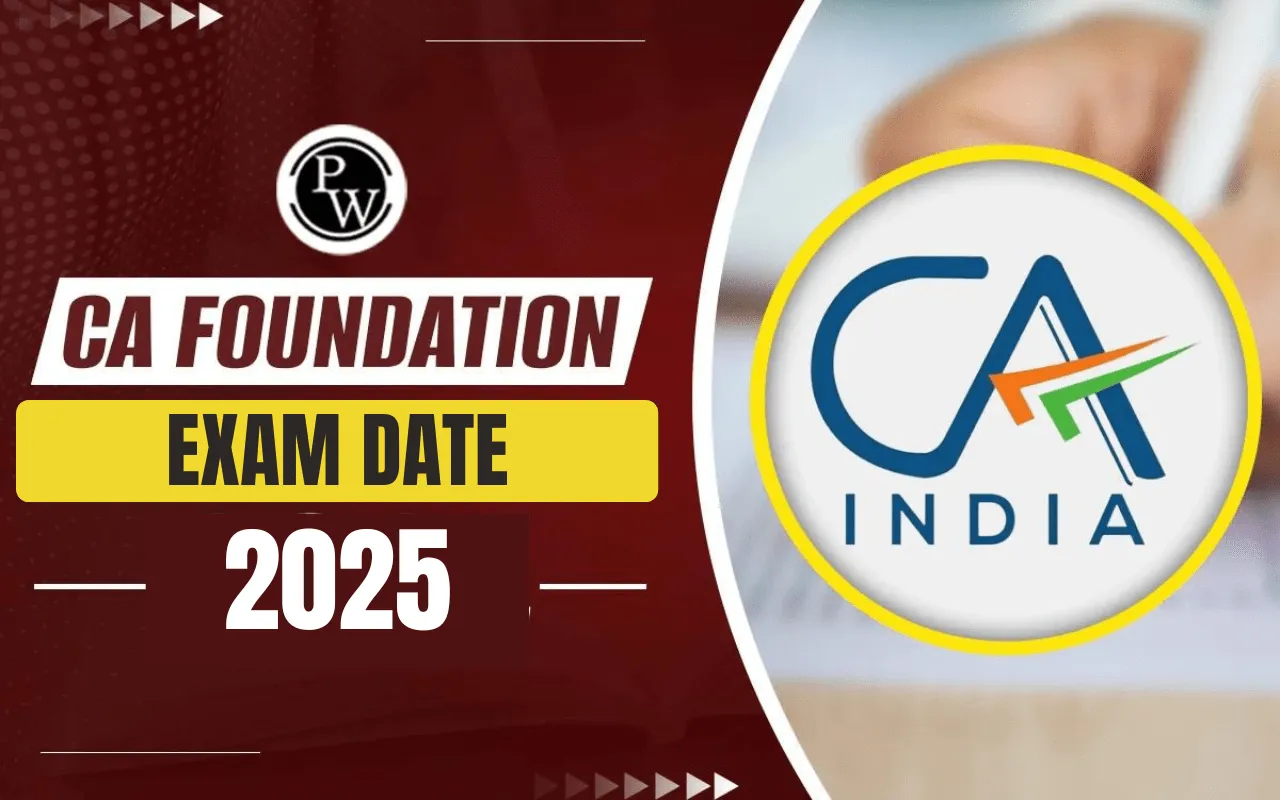
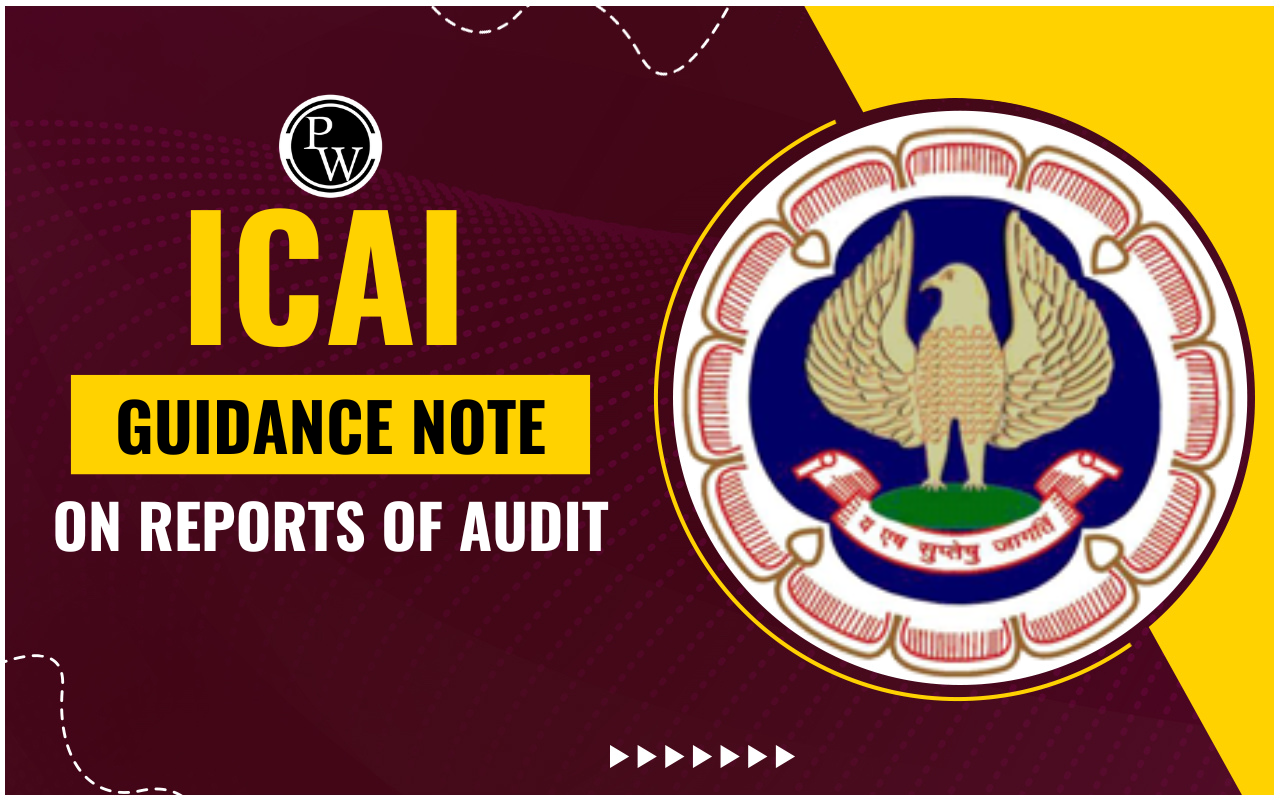
The landscape of auditing and taxation for charitable trusts and institutions has evolved significantly over the past few years. The ICAI Guidance Note on Reports of Audit under Section 12A/10(23C) of the Income-tax Act, 1961, released by the Institute of Chartered Accountants of India (ICAI), is a crucial document that provides comprehensive guidance for auditors.
This note is instrumental in helping auditors and institutions navigate the complexities of compliance, ensuring that only genuine trusts benefit from tax exemptions. As CA students, understanding this guidance note is essential for your future professional practice.ICAI Guidance Note
The ICAI Guidance Note aims to provide clear instructions on the auditing requirements for charitable trusts and institutions. This document has been meticulously crafted to ensure that auditors can effectively carry out their duties and maintain compliance with the ever-evolving tax laws. The guidance note covers several key areas:Responsibilities of Auditors and Institutions
The guidance note outlines the respective responsibilities of both the institution and the auditor. It highlights the importance of maintaining accurate records and the auditor’s role in verifying these records.Verification Procedures
The guidance note provides detailed instructions on the verification procedures auditors should follow. This includes examining financial statements, verifying the authenticity of transactions, and ensuring that all necessary documentation is in place.Compliance with Standards
Auditors must adhere to the Accounting Standards and Standards on Auditing prescribed by the ICAI. The guidance note emphasizes the importance of these standards in ensuring the accuracy and reliability of audit reports.Reporting Requirements
The guidance note specifies the reporting requirements for auditors, including the information that must be included in the audit report and any necessary disclosures, qualifications, or disclaimers.Key Changes in Taxation for Charitable Trusts
Over the last three years, the taxation framework for charitable trusts has undergone significant changes. These changes are aimed at ensuring that only genuine trusts and institutions benefit from tax exemptions under sections 10(23C) and 11 to 13 of the Income-tax Act, 1961. The ICAI Guidance Note addresses these changes, providing auditors with the necessary tools to navigate the new regulations.New Forms of Audit Reports: With the notification of new audit report forms, Form No. 10B and Form No. 10BB, auditors need to be well-versed in the new requirements. The guidance note provides detailed instructions on how to complete these forms accurately.
Updated Compliance Requirements: The guidance note emphasizes the importance of staying updated with the latest compliance requirements. This includes maintaining proper books of accounts, timely submission of audit reports, and ensuring all transactions are accurately documented.
Impact of Amendments: The guidance note also discusses the impact of recent amendments on the taxation of charitable trusts. It provides insights into how these changes affect the audit process and what auditors need to do to stay compliant.
Also Read: Career Paths for Chartered Accountants After CA Exams
Practical Application of ICAI Guidance Note
For CA students, understanding the practical application of the ICAI Guidance Note is crucial. Here are some key takeaways:- Maintaining Accurate Records: One of the fundamental responsibilities of auditors is to ensure that charitable trusts maintain accurate and up-to-date records. This includes financial statements, transaction records, and other relevant documents.
- Conducting Thorough Audits: Auditors must follow the verification procedures outlined in the guidance note to conduct thorough and effective audits. This involves a detailed examination of financial records and ensuring compliance with all relevant standards.
- Reporting and Disclosures: The guidance note provides clear instructions on the reporting requirements for auditors. This includes the information that must be included in the audit report and any necessary disclosures or disclaimers.
- Staying Updated: The ever-evolving landscape of taxation means that auditors must stay updated with the latest regulations and amendments. The guidance note is an invaluable resource in this regard, providing the necessary information to navigate the complexities of auditing charitable trusts.
Benefits of the ICAI Guidance Note
The ICAI Guidance Note offers numerous benefits for auditors and institutions:Clarity and Guidance: The guidance note provides clear and concise instructions on the auditing requirements for charitable trusts. This helps auditors understand their responsibilities and ensures compliance with the law.
Enhanced Compliance: By following the guidance note, auditors can ensure that charitable trusts comply with all relevant regulations. This helps maintain the integrity of the tax system and ensures that only genuine trusts benefit from tax exemptions.
Improved Audit Quality: The guidance note emphasizes the importance of adhering to Accounting Standards and Standards on Auditing. This helps improve the quality of audit reports and ensures the accuracy and reliability of financial statements.
Professional Development: For CA students, understanding the guidance note is an essential part of professional development. It provides the necessary knowledge and skills to carry out effective audits and maintain compliance with tax laws.
For those preparing for the CA exams, PW CA Courses offer extensive resources and expert guidance to help you succeed. Enroll today and take a step closer to achieving your CA dreams!| Also Check: |
| How to Prepare for CA Interview? |
| CA Both Groups Vs Single Group |
| Tips to Enhance CV for CA Aspirants |
| 5 Effective Note Taking Methods for CA Aspirants |
ICAI Guidance Note FAQs
What is the ICAI Guidance Note on Reports of Audit?
Why is the ICAI Guidance Note important for auditors?
What are the new forms of audit reports introduced by ICAI?
How does the ICAI Guidance Note help in maintaining compliance?
Where can CA students find more information on the ICAI Guidance Note?

